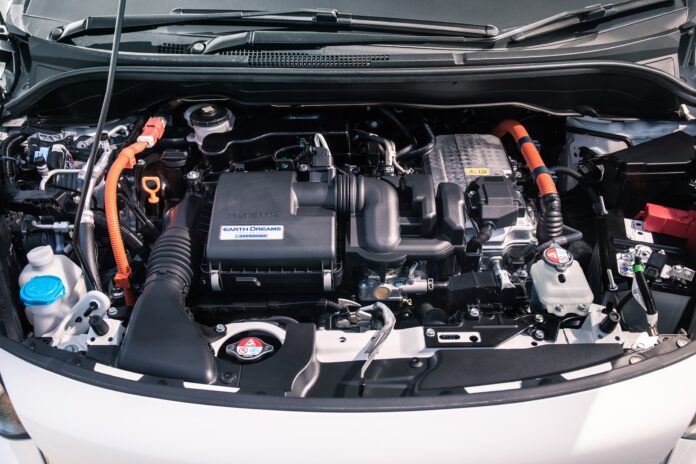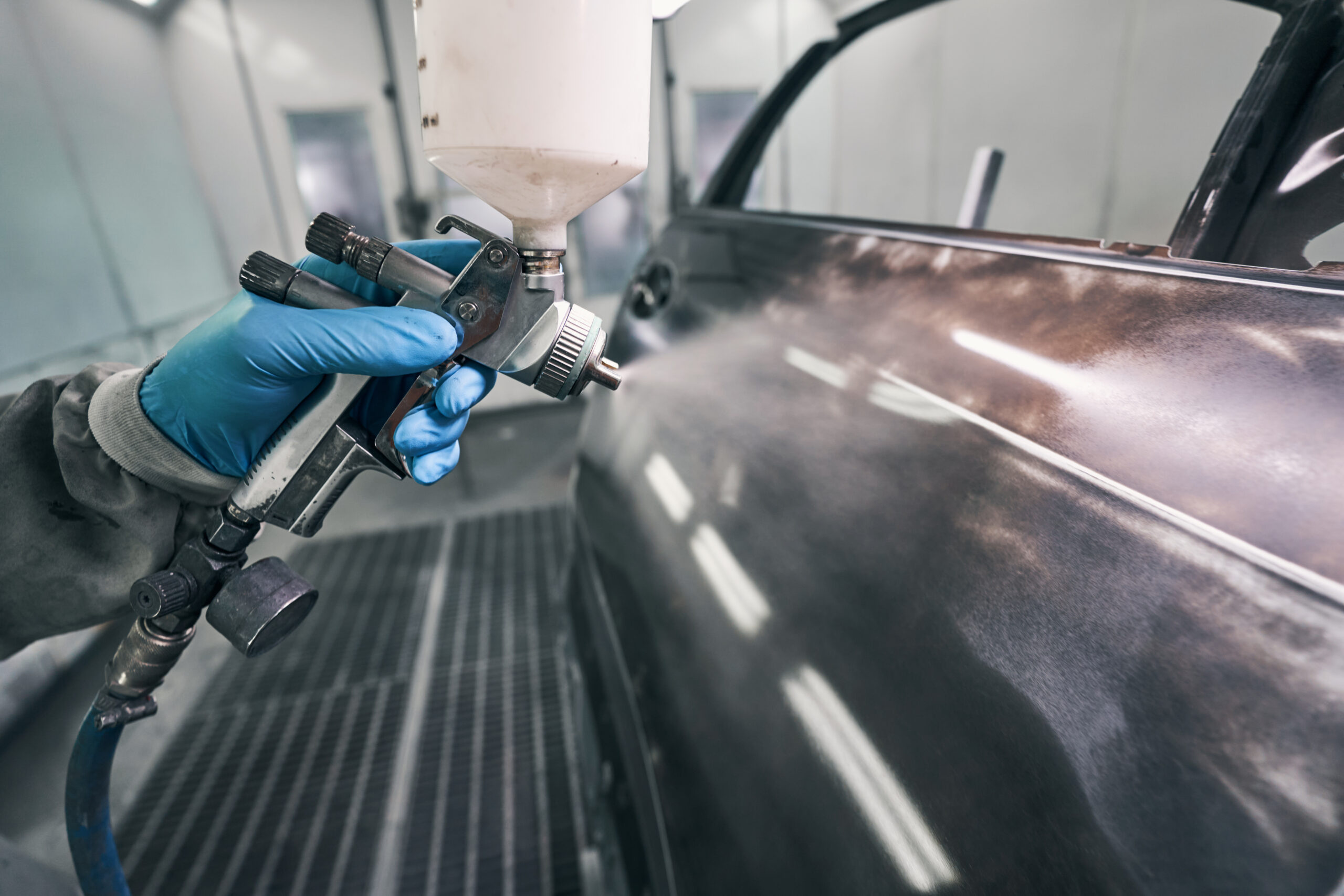The proposed merger between Honda and Nissan was met with disbelief and incredulity by the financial sector. Investors see any company not building ‘great’ BEVs is ‘legacy’, and as such are in a downward spiral.
The numbers
Consider the production output from January to November 2024.
- Honda: 3,461,081 units.
- Nissan: 2,923,760 million units, of which 270,756 came from Sunderland, which is equipped with a BEV battery cell production and pack assembly plant.
Consider the combined output would be circa 4 million units per year, even allowing for significant model overlap in a declining market, or closer to 5 million units with stronger global economies. Honda carry and estimated 300,000 excess production capacity, whereas Nissan has closer to 1 million units excess production capacity.
For the record, Tesla built 1,773,443 BEVs in the whole of 2024, reflecting a toughening BEV global market.
The products….
- Honda – based on Jazz, Civic and CR-V, which are used for all models. Of course, Honda make their own powertrains. Weakness? BEV, where relatively modest recharge rates and lack of ‘eco’ image tend to result in poor sales. Strength? Component and sub assembly rationalisation, and strong market penetration in North America as well as some Far East destinations. No manufacturing in EU27 or UK.
- Nissan – based on Renault – Nissan – Mitsubishi Alliance platforms and powertrains. Weakness? BEV, where initial lead with Leaf was eclipsed by Tesla and more, with painful introductions for later models. Modest recharge rates and software bugs have been limiting. Reliance on compact variable compression ratio engines and CVTs has led to spates of premature failure. Strength? Better presence in the larger North American car / pickup market than Honda and considerable potential if they can find the creativity spark once more.
The marriage, and strains
The Nissan affair with the Alliance. This started when a Franch Government trade minister Emanual Macron got his government representation on the Renault board. This quickly escalated with Nissan unhappy with the inequity and the Japan Government distinctly uncomfortable with direct French Government participation in Nissan. Shortly after that the whole exposé over corporate misbehaviour in Japan exploded, selecting a high-profile foreigner to make an example – Carlos Ghosn.
Well, M Ghosn is still in Lebanon, the Franch Government withdrew from Renault, the Renault / Nissan share ownership was equalised and Renault split up their part of the company. However, Nissan had managed to trash much of it’s senior management in the process, and Government of Japan were deeply wary of the French Government. A recent development is for Honda to consider buying Nissan’s share back from Renault to prevent ‘international influence’. This would have eliminated Nissan as an entity and relegated them to a division of Hinda – for the moment, a deal breaker.
Renault sold off the Alliance powertrain business, which included Nissan internal combustion engine (‘ICE’) powertrain assets, to a partnership called ‘Horse’ formalised at the end of 2024 owned by:
- Renault Group, 45%
- Geely, 45%
- Aramco, 10%
This is the second Geely partnership after acquiring the Volvo Car powertrain ICE assets – the Horse arrangement gives Geely instant access to lower cost ICE and transmissions, freeing them from existing constraints and giving access to contracts such as the new Mercedes-Benz 1.5l engine family.
The merger
Overall, neither Honda nor Nissan had much to gain or lose. The share-holding was to have been based on the share price of each company, which meant Honda holding 85% of the company – something the Government of Japan would probably moderate, since Nissan is seen as a major national asset, even when it is in difficulty.
Nissan were attracted to the idea of replacing Alliance powertrains for Honda powertrains, to prevent paying a penny to Geely. This would be damaging for Horse, but a tremendous boost for Honda as well as the joint venture by nearly doubling powertrain output. For EU27, UK and other select markets this makes little difference since BEVs are more likely to be required – unless policy against internal combustion engines changes.
The issues
Both companies have been a bit vague about keeping plants outside of North America or Japan. There is the partnership between Honda and Sony, which is for the moment initially aimed at USA. There is also the long-held dream by Honda to be the first manufacturer with a solid-state BEV traction battery, and although they have a long history of innovation, many other suppliers are in the very same race.
So, is this really hopeless? No.
Away from the EU27 and UK with BEV sales mandates and ICE bans, the rest of the world – including China – is quite happy with multiple powertrains to suit what consumers ask for. That’s why, for instance, Honda Jazz is only available with HEV in the EU27 and UK, but the dominant sales around the world do not feature this powertrain at all. Building ICE based powertrains remains much more profitable than building BEVs.
There will be platform rationalisation – because both companies build similar products for similar target audiences. The combined company might sell around the same number of vehicles as Honda did in 2024 alone, and the price competitive products from China should not be under estimated. This is the new joint venture’s biggest threat.
Away from the froth, the dream of collaboration between Honda and Nissan just might survive..




